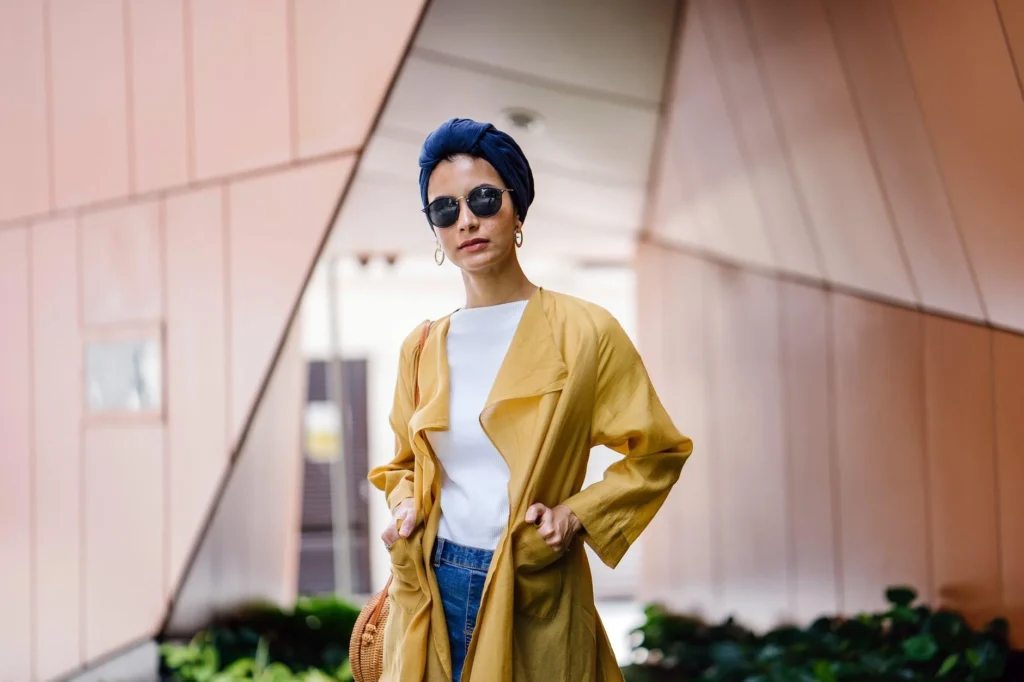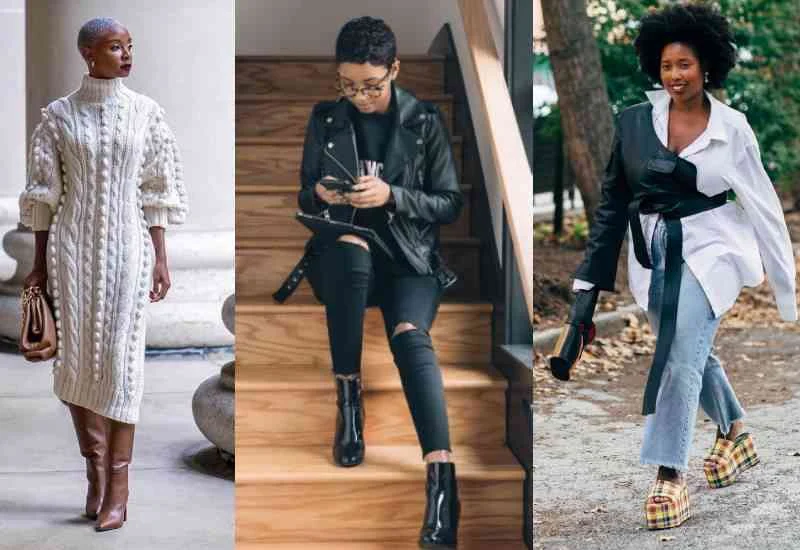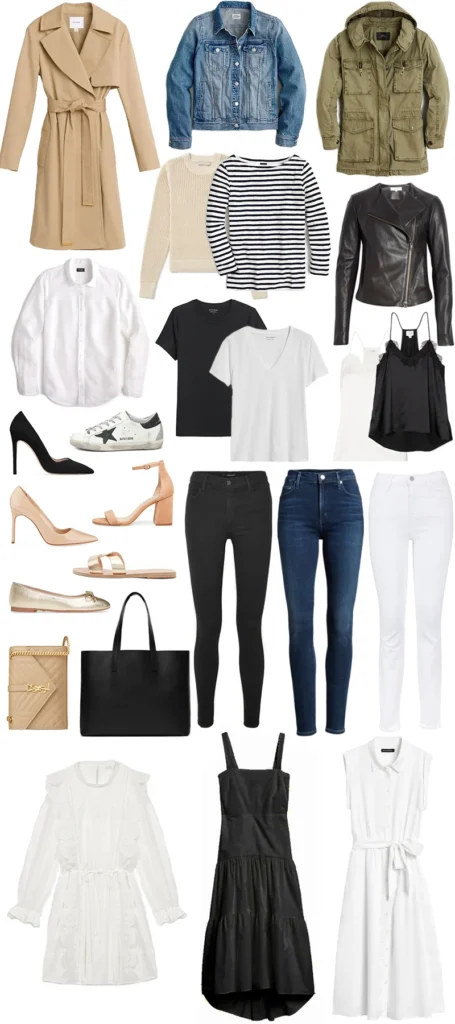The fashion industry is undergoing a remarkable transformation with the advent of the Metaverse, where virtual runways are redefining the way we experience fashion. In this digital realm, designers and brands are no longer limited by physical constraints, allowing for unprecedented creativity and innovation. As we delve into the world of Metaverse fashion, we will explore how virtual runways are not just a trend but a game-changer that is reshaping the entire landscape of fashion shows and consumer engagement.
In the following sections, we will uncover the various ways in which virtual runways are enhancing the fashion experience. From immersive 3D environments to interactive audience participation, the Metaverse offers a unique platform for designers to showcase their collections in ways that were previously unimaginable. We will also discuss the impact of digital clothing and how it is paving the way for sustainable fashion practices, reducing waste while still allowing for bold expression.
As you continue reading, you will gain insights into the future of fashion events, the role of technology in shaping consumer behavior, and the potential for virtual reality to create a more inclusive and diverse fashion industry. Join us on this exciting journey through the Metaverse, where the boundaries of fashion are being pushed, and new possibilities are emerging. Don’t miss out on discovering how virtual runways are changing the game forever!
As the digital landscape evolves, the fashion industry is experiencing a significant transformation through the emergence of the metaverse. Virtual runways are not just a trend; they are reshaping how designers, brands, and consumers interact with fashion. This article explores various aspects of this phenomenon.
The Rise of Virtual Fashion Shows
The concept of virtual fashion shows has gained immense popularity, especially during the pandemic when physical events were restricted. Designers are now leveraging platforms like Decentraland and Roblox to showcase their collections in immersive environments. These virtual shows allow for greater creativity, as designers can create fantastical settings that would be impossible in the real world.
Moreover, virtual fashion shows can reach a global audience without the limitations of physical space. This democratization of fashion allows fans and consumers from all over the world to participate, breaking down geographical barriers and making fashion more accessible.
Sustainability in the Metaverse
Sustainability is a pressing concern in the fashion industry, and the metaverse offers innovative solutions. Virtual fashion eliminates the need for physical materials, reducing waste and carbon footprints associated with traditional fashion shows. Brands can create digital garments that can be worn in virtual environments, promoting a more sustainable approach to fashion consumption.
Additionally, the ability to experiment with designs in a virtual space allows brands to test concepts without the environmental impact of producing physical samples. This shift towards digital fashion can lead to a more sustainable future for the industry.
The Role of NFTs in Fashion
Non-fungible tokens (NFTs) have become a significant aspect of the metaverse fashion landscape. Designers are creating unique digital pieces that can be bought, sold, and traded as NFTs, providing a new revenue stream for artists and brands. This technology ensures authenticity and ownership, which is crucial in a world where digital copies can be easily made.
NFTs also allow for the creation of exclusive collections that can enhance brand loyalty. Consumers are increasingly interested in owning unique digital assets, and fashion brands are tapping into this trend by offering limited-edition virtual items.
Consumer Engagement and Interaction
The metaverse provides a unique platform for consumer engagement. Virtual runways allow for real-time interaction between designers and audiences, creating a more immersive experience. Viewers can comment, react, and even influence the show, making them active participants rather than passive observers.
This level of engagement fosters a sense of community among fashion enthusiasts, as they can share their thoughts and experiences in real-time. Brands can gather valuable feedback and insights directly from their audience, allowing for more tailored marketing strategies.
The Impact of Augmented Reality (AR)
Augmented reality (AR) is playing a crucial role in the evolution of metaverse fashion. Brands are integrating AR technology to allow consumers to try on virtual clothing and accessories before making a purchase. This technology enhances the shopping experience by providing a more personalized approach.
AR also bridges the gap between the digital and physical worlds, enabling consumers to visualize how virtual items would look in real life. This innovation can lead to higher conversion rates and reduced return rates, benefiting both consumers and brands.
Collaborations Between Fashion and Gaming
The intersection of fashion and gaming is becoming increasingly prominent in the metaverse. Fashion brands are collaborating with popular video games to create exclusive in-game items, allowing players to express their style in virtual environments. This trend not only enhances the gaming experience but also introduces fashion to a younger audience.
These collaborations can lead to significant brand exposure and new revenue opportunities. As gaming continues to grow, the potential for fashion brands to tap into this market is immense, creating a new avenue for creativity and innovation.
The Future of Fashion Retail
The metaverse is poised to revolutionize fashion retail by creating immersive shopping experiences. Virtual storefronts allow consumers to browse and purchase items in a 3D environment, making online shopping more engaging. This shift could lead to a decline in traditional brick-and-mortar stores as consumers seek more interactive experiences.
As technology advances, we can expect to see even more innovative retail solutions, such as virtual fitting rooms and personalized shopping assistants powered by AI. These developments will redefine how consumers interact with fashion brands and make purchasing decisions.
Challenges and Considerations
| Aspect | Description |
|---|---|
| Introduction | The metaverse is revolutionizing the fashion industry by creating immersive virtual environments where designers can showcase their collections. |
| Virtual Runways | Virtual runways allow designers to present their work in innovative ways, breaking the constraints of physical spaces and traditional fashion shows. |
| Accessibility | Virtual fashion shows are accessible to a global audience, allowing fans and consumers to experience fashion in real-time from anywhere in the world. |
| Interactivity | Attendees can interact with the fashion pieces, often customizing and purchasing items directly from the virtual environment. |
| Environmental Impact | Virtual fashion shows reduce the carbon footprint associated with traditional fashion events, such as travel and physical materials. |
| Digital Fashion | Designers are creating digital-only fashion items that exist solely in the metaverse, allowing for limitless creativity without physical constraints. |
| Collaboration | The metaverse fosters collaboration between fashion designers, tech developers, and artists, leading to innovative and unique fashion experiences. |
| Future Trends | As technology advances, virtual fashion shows are expected to become more sophisticated, incorporating augmented reality (AR) and artificial intelligence (AI). |



